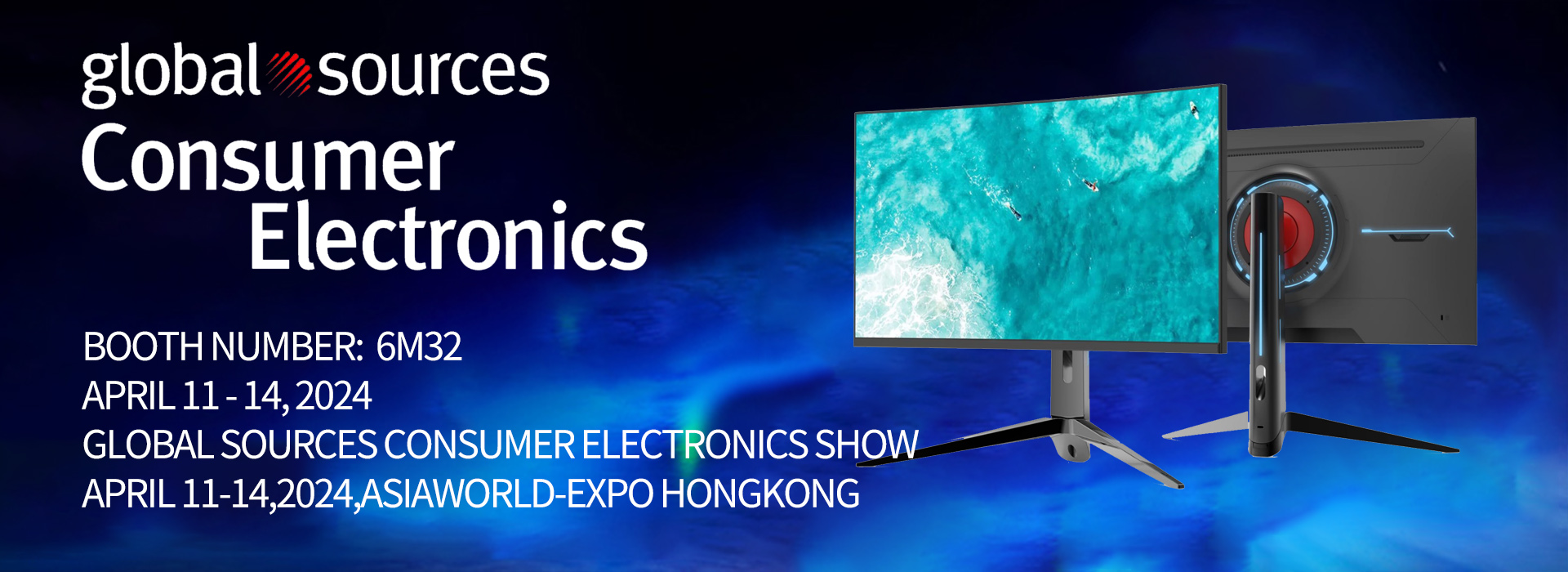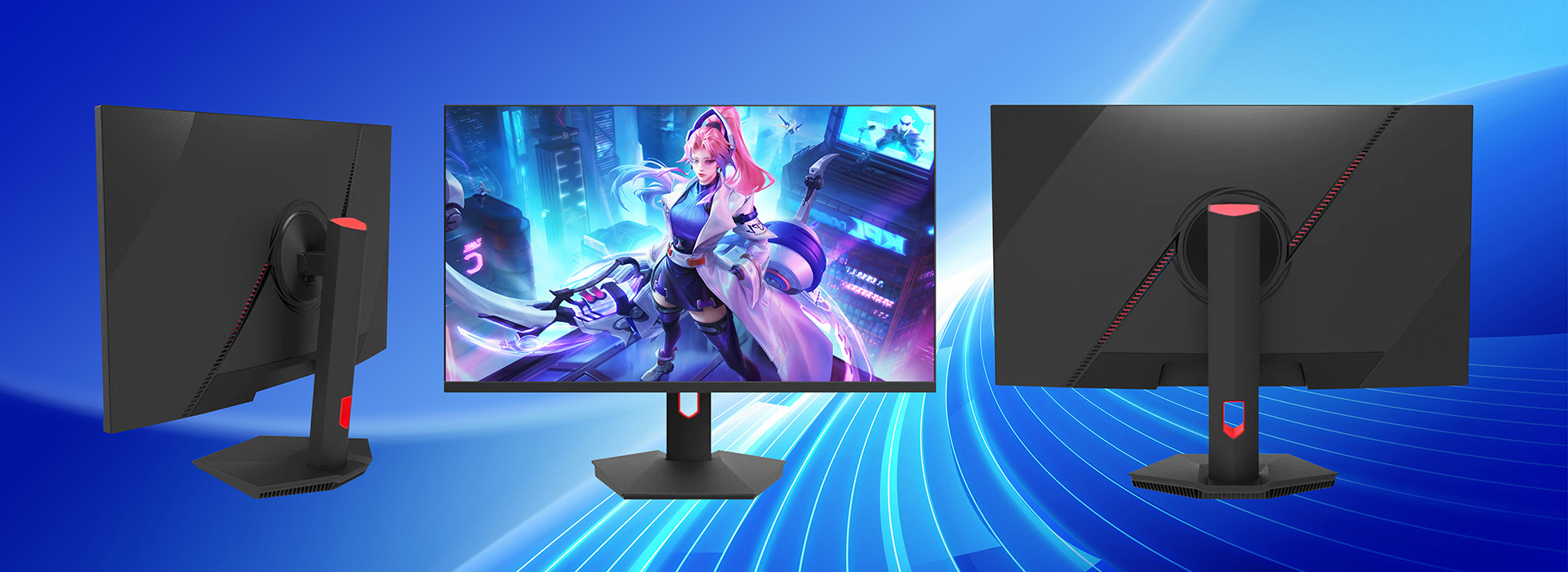What are the differences between LED display screens and seamless splicing screens
What are the differences between LED display screens and seamless splicing screens
LED display screens and seamless splicing screens are widely used in our surrounding areas. In addition to clear display, they both have excellent integrated display effects for large screen images. These two display screens have many common applications, such as conference rooms, business halls, exhibition halls, shopping malls, and so on. Here, many users are not familiar with these two types of display screens and do not know how to choose. Next, Shenzhen Century Jiacai will analyze the difference between LED display screens and seamless splicing screens, hoping to provide some help to everyone.
1、 Display effect
LED display screens can be applied in both outdoor and indoor environments. Generally, the brightness of LED displays is relatively high, which can be irritating to our eyes. If you use your eyes to watch LED displays for a long time, it may cause damage to the internal structure of the eyes, leading to blindness. However, today's LED displays use film covering technology, which greatly reduces the radiation impact on the eyes.
Seamless splicing screens, like regular LCD splicing screens, can generally only be applied in indoor environments. Their brightness is not as high as LED displays, similar to home LCD TVs, with clear display and soft colors, making them more suitable for long-term viewing. Therefore, LCD display products appear more appropriate in terms of brightness level, suitable for applications with large display screens.
2、 Resolution
In recent years, although LED display technology has been breaking through, it still cannot compete with LCD technology, such as a 55 inch seamless splicing screen with a pixel spacing of only 0.63mm × 0.63mm, which means that for LED display screens, higher pixel density means that the difficulty of stability design increases geometrically. Generally, when the pixel spacing decreases by 50%, the backplane density needs to be increased by four times. This is why small pitch LED displays continue to break through the bottleneck of 0.9p. However, the fundamental reason for the widespread application of products like 3.0/2.5 is that, The actual value of seamless splicing screens with pixel density advantages is not very clear, as users rarely require such high pixel density.
3、 Display parameters
The indicator of color range is generally the focus of seamless splicing screen products. In addition to the importance placed on application scenarios such as radio and television, the seamless splicing screen market has never been strict in terms of the demand for color restoration range. From a comparative perspective, LED displays are natural wide gamut products, while seamless splicing screens depend on the type of light source used. The resolution parameter indicator is the actual viewing experience of the color range in contrast indicator, representing the ability of a large screen to restore color. There is no lighting method for measuring this indicator, and LED display screens rely on the dual advantages of color and contrast. The refresh rate is a key indicator for effectively suppressing screen flicker. The refresh rate of LED displays is generally high, and most LCD screens are at the level of 60-120Hz, which has exceeded the resolution limit of the human eye.
4、 Energy consumption and lifespan
This mainly refers to the LED display screen's lamp beads and backplane, as well as the LCD screen body and light source. In this regard, the lifespan advantage of LCD is more clear, with a normal service life of over 50000 hours. The individual differences in the LED display screen's lamp beads and the stability of the backplane determine that the lifespan difference between individual splices of such products is significant, and individual units may need to be replaced soon. Engineering heat dissipation is an inevitable requirement for the long-term stable operation of large-sized display systems. In this regard, seamless splicing screen products have more significant advantages due to their low power consumption and low power density. Although LED displays have the characteristic of low power density, the overall power consumption will still be higher. At the same time, LED displays with high heat dissipation requirements also mean that the system noise is higher.
5、 Product Price
The product price is also the main factor determining the user's choice. If the user adopts the small pitch LED series, the market price is generally over 10000/square meter, or over tens of thousands/square meter, which is several times higher than the price of seamless splicing screens. Therefore, with our limited budget, seamless splicing screens have higher performance.
LED display screens and seamless splicing screens are widely used in our surrounding areas. In addition to clear display, they both have excellent integrated display effects for large screen images. These two display screens have many common applications, such as conference rooms, business halls, exhibition halls, shopping malls, and so on. Here, many users are not familiar with these two types of display screens and do not know how to choose. Next, Shenzhen Century Jiacai will analyze the difference between LED display screens and seamless splicing screens, hoping to provide some help to everyone.
1、 Display effect
LED display screens can be applied in both outdoor and indoor environments. Generally, the brightness of LED displays is relatively high, which can be irritating to our eyes. If you use your eyes to watch LED displays for a long time, it may cause damage to the internal structure of the eyes, leading to blindness. However, today's LED displays use film covering technology, which greatly reduces the radiation impact on the eyes.
Seamless splicing screens, like regular LCD splicing screens, can generally only be applied in indoor environments. Their brightness is not as high as LED displays, similar to home LCD TVs, with clear display and soft colors, making them more suitable for long-term viewing. Therefore, LCD display products appear more appropriate in terms of brightness level, suitable for applications with large display screens.
2、 Resolution
In recent years, although LED display technology has been breaking through, it still cannot compete with LCD technology, such as a 55 inch seamless splicing screen with a pixel spacing of only 0.63mm × 0.63mm, which means that for LED display screens, higher pixel density means that the difficulty of stability design increases geometrically. Generally, when the pixel spacing decreases by 50%, the backplane density needs to be increased by four times. This is why small pitch LED displays continue to break through the bottleneck of 0.9p. However, the fundamental reason for the widespread application of products like 3.0/2.5 is that, The actual value of seamless splicing screens with pixel density advantages is not very clear, as users rarely require such high pixel density.
3、 Display parameters
The indicator of color range is generally the focus of seamless splicing screen products. In addition to the importance placed on application scenarios such as radio and television, the seamless splicing screen market has never been strict in terms of the demand for color restoration range. From a comparative perspective, LED displays are natural wide gamut products, while seamless splicing screens depend on the type of light source used. The resolution parameter indicator is the actual viewing experience of the color range in contrast indicator, representing the ability of a large screen to restore color. There is no lighting method for measuring this indicator, and LED display screens rely on the dual advantages of color and contrast. The refresh rate is a key indicator for effectively suppressing screen flicker. The refresh rate of LED displays is generally high, and most LCD screens are at the level of 60-120Hz, which has exceeded the resolution limit of the human eye.
4、 Energy consumption and lifespan
This mainly refers to the LED display screen's lamp beads and backplane, as well as the LCD screen body and light source. In this regard, the lifespan advantage of LCD is more clear, with a normal service life of over 50000 hours. The individual differences in the LED display screen's lamp beads and the stability of the backplane determine that the lifespan difference between individual splices of such products is significant, and individual units may need to be replaced soon. Engineering heat dissipation is an inevitable requirement for the long-term stable operation of large-sized display systems. In this regard, seamless splicing screen products have more significant advantages due to their low power consumption and low power density. Although LED displays have the characteristic of low power density, the overall power consumption will still be higher. At the same time, LED displays with high heat dissipation requirements also mean that the system noise is higher.
5、 Product Price
The product price is also the main factor determining the user's choice. If the user adopts the small pitch LED series, the market price is generally over 10000/square meter, or over tens of thousands/square meter, which is several times higher than the price of seamless splicing screens. Therefore, with our limited budget, seamless splicing screens have higher performance.




